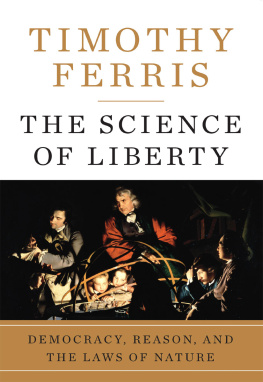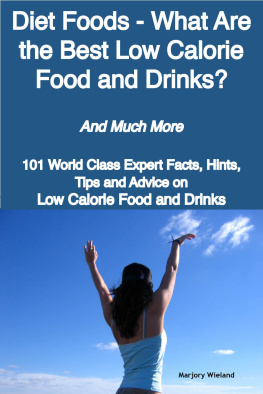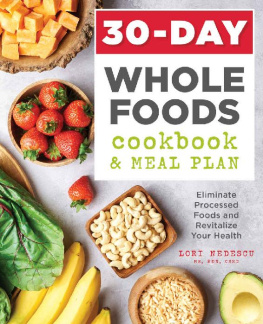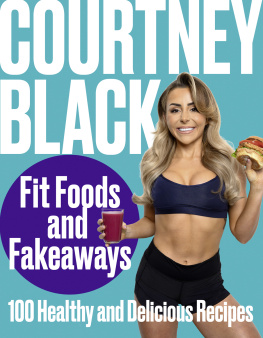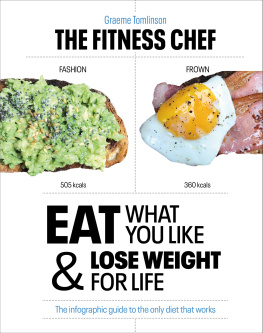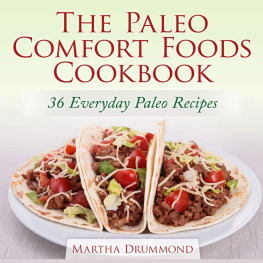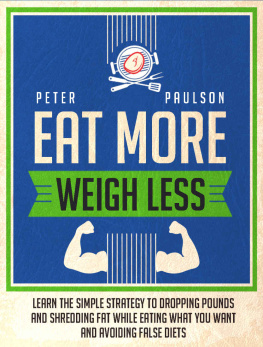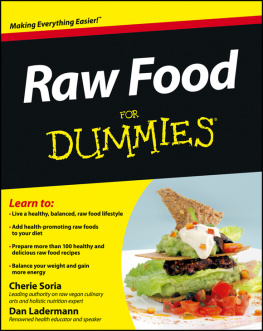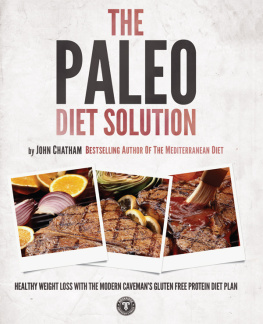Contents
A book that will make your fitness journey much easier
CHEAT
and be
FIT
Learn how to get fit while eating anything you want
Timothy Ferriss
Preface
M y fitness journey began fifteen years ago.
I was in the eighth grade when I first saw a horizontal bar and parallel bars. I cannot remember how many repetitions I was able to do, if any, but what I do know is that shortly thereafter I used to spend days doing only these two types of exercise.
It was not long before I started doing over five hundred reps, daily.
I decided to join a local gym that was a minute away from my home, and that was when I first met equipment and weights.
It was a tiny gym, located in the basement of an old building. Its ventilation consisted of one window only, and the whole gym was made up of one flat and one incline bench press, a lat machine and a few worn dumbbells.
In the very corner was a leg press machine, completely unknown to me at the time, and that was it.
At first pushups, horizontal bar and vertical bars, later on the gym and weights, allowed me to spend all the excess energy I then had in a useful and productive way.
Limited exercise choices, monotonous training and humidity of the old basement soon became tedious, but I realized I loved lifting weights and definitely wanted to get on with it.
I enrolled in high school and joined a new, much larger gym.
A 450 m space, full of unknown machines and 5 to 47-kg dumbbells, seemed very confusing. It was my first encounter with a multitude of weights and machines I did not even know existed, and with a huge training space.
Nine years later, I became a group and individual trainer at the same gym.
I did what I wanted with my body. There were periods when I weighed 76 kilograms, but I also remember weighing 105.
I was on different diet regimes and tried everything. However, I have never liked the idea that I had to strictly take care of what I ate and to weigh every gram of food I took in, only to, after two weeks of such a regime, possibly gain the right to a cheat meal. Considering everything I should have given up, even a cheat day sounded unappealing.
I went through everything and saw everything that could have been seen in the fitness world, so I give myself the right to write this book, with the desire and goal to help all of you who want to look great but do not want to be the slave of your own diet.
To all of you who have just stepped into the fitness industry, as well you who have already been part of it.
To all of you who find it difficult to have a well-toned and sculptured, muscular body, and all of you who believe being fit takes a lot of effort and a lot of giving up.
In the following pages, you will learn how to master nutritionism and training to the extent that not only will you be able to devise your own diet and workout plan but you will also gain the knowledge to do it for others!
By following the instructions in this book, you will learn HOW TO EAT ANYTHING YOU WANT AND STAY FIT FOREVER!
Now take a deep breath and let me introduce you to a brand new, wonderful fitness world...
CHAPTER 1
BASICS, FOOD AND MACRONUTRIENTS
I f you lived in an imaginary world, which implied the fact that people do not care what you look like but what kind of a person you are, would you weigh food and pay attention to what you eat, or would you only eat your favorite foods and enjoy life and wine?
Would you really go to a store and buy broccoli and chicken if chocolate and "unhealthy" foods did not make you fat?
If being fat was popular today, would you drink lemonade without sugar and chew tasteless lettuce with your lunch?
I believe you would not.
If you were in a position, I am sure you would only eat pizza and drink unlimited quantities of wine, but we live in a time where everyone is so preoccupied with the physical appearance that they are ready to give up their favorite foods forever for the sake of impressing some strangers.
The current trend is dictated by Instagram and social networks, so unless men wear a plaid shirt and have pronounced abdominal muscles and girls have the biggest ass possible, it is just "not it".
In today's world, people go out on a date, go to a restaurant and talk about training; they both order some salad like the main course, pretending to enjoy the taste it provides, but if those people were home alone and no one was watching them, they would rather lie on the couch all day and, if they could, eat Nutella with their feet.
Ergo, before I continue presenting my own thoughts at lightning speed, and since this is the beginning of the book, I should still familiarize you with the basic concepts:
- Proteins
- Carbohydrates
- Fat
Sounds familiar, doesn't it?
Collectively, these are called macronutrients. It is of great importance to distinguish them, so, first things first, let's explain them all:
Protein
The word comes from the Greek word "protos" , meaning the most important, the first.
Protein is the first and most important element.
Protein is an essential element, necessary for growth and regeneration, well functioning and structure of all living cells.
Proteins are the main building block of all cells in the body, especially muscles. They affect the functioning of all organs; they are necessary for formation of blood cells; they support the immune system and regulate metabolism.
Without the presence of proteins, the nervous system could not function; there is no immunity, no muscle recovery and definitely no muscle building.
By origin, we distinguish between animal and plant protein.
Proteins from meat, eggs and dairy products belong to animal proteins, while protein from nuts, cereals, legumes and all plants are plant proteins.
We may say animal protein is complete as it contains all the essential amino acids.
Essential amino acids are those the body cannot produce on its own, but needs to be ingested through food.
Plant proteins contain many amino acids but no source of plant proteins contains all of the essential amino acids. Nevertheless, they abound in non-essential amino acids.
Non-essential amino acids are those produced in the body.
Plant proteins can by no means replace animal proteins when it comes to building a muscular and well-developed body.
You can find evidence for this claim simply by looking at nature and animals. Lions, tigers and other animals in nature which feed on meat are made up of pure muscles; not to mention their strength.
Although there is no such protein supplement that can replace meat and protein intake through food, the famous protein shakes, to most people, are synonymous with the word protein and more or less everyone who starts exercising asks the question:
- "Do you drink proteins?"
An experienced and correct question would be:
- "Do you eat proteins and do you get enough of them?"
Today, in the world and fitness, the most popular form of supplementation is definitely whey protein.
Whey is obtained after milk has been curdled and strained. Whey proteins have the highest bioavailability, meaning these proteins most effectively reach parts of the body where needed.
Whey protein is an ideal supplement in the diet of athletes and exercisers who have an increased need for proteins, but just as any supplementation, it is not necessary, only desirable.
How many exercisers have been using all of the supplementation, yet fail to build muscles?



